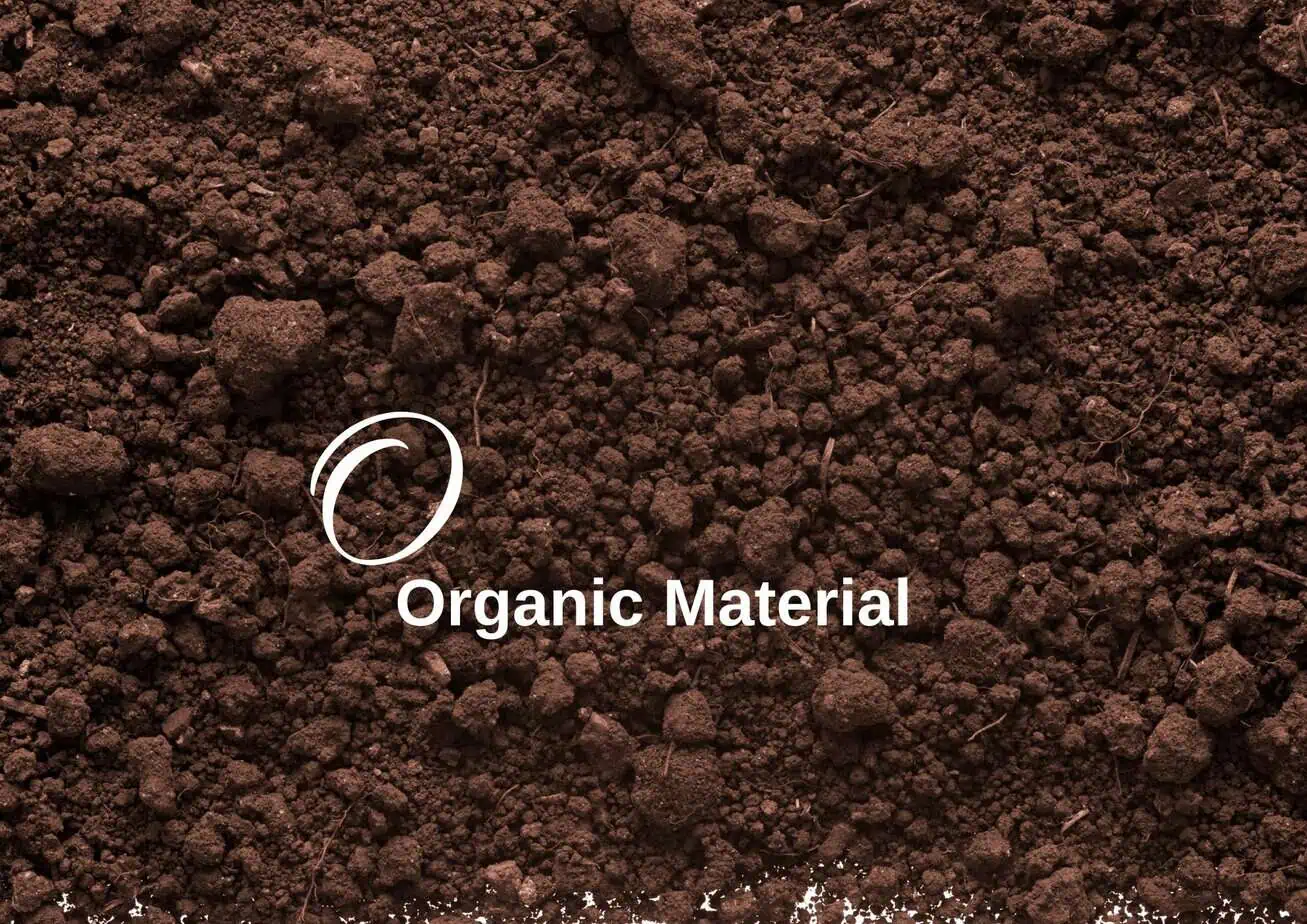Biodiversity lexicon: O for organic material
Organic matter is the invisible life that we all walk over at home in the garden, in a park or even on a golf course. It is the basis for soil fertility and biodiversity. Organic matter consists of dead plant remains, microorganisms and their decomposition products – in short, everything that once lived.
It stores water, binds nutrients and ensures that plants can grow even in dry times. Organic matter acts like a sponge, absorbing moisture but also releasing it again. At the same time, it serves as a food source for billions of soil organisms – from bacteria and fungi to earthworms. They decompose plant residues, incorporate them into the soil and transform them into humus.
And this is where things start to get difficult in golf. The basic rule is not: the more organic matter the better. Rather, especially on the greens, it’s about the right mixture with other substances, such as sand, and the right proportion of organic material. The turf grows under extreme conditions, especially on the greens. It is dense, is kept very short, the load is high and it is intensively maintained. Here, the right balance of organic matter determines the quality of the surface.
According to the USGA Green Section and STERF, who are scientifically involved in golf course maintenance in the USA and Europe, some organic matter is important in greens. It keeps the soil alive, supports root development and helps to retain water. But too much of it – especially in the top few centimetres – can be problematic. A spongy layer then forms, which retains water and softens the surface. The result: balls bounce irregularly, algae can form and the lawn becomes more susceptible to disease.
Greenkeepers therefore try to carefully control the amount of this substance. This includes a regular “health check” of the soil: soil samples show whether the organic matter is in the optimum range. If it is increasing, fine sand is worked in to dilute it – a process known as topdressing. Aerating the soil also helps to ensure that oxygen reaches the roots and decomposition processes remain active.
For golfers themselves, the issue is usually invisible – but they feel the consequences with every putt. Firm, even greens are no coincidence, but the result of careful work with and on the organic substance.







